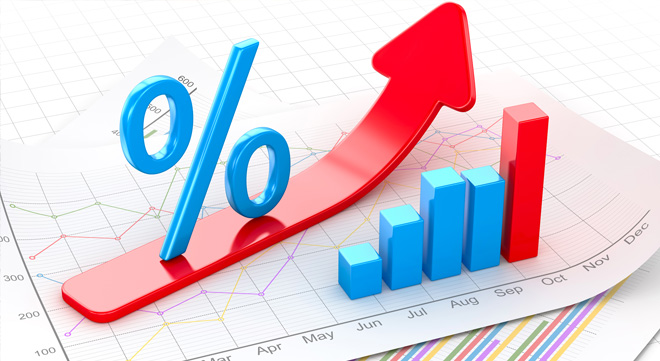The South African Reserve Bank (SARB) has signalled that the repo rate will remain at its 14-year high of 8.25% for most of this year, if not longer.
The SARB’s six-monthly Monetary Policy Review (MPR), published on Tuesday, casts doubt on whether headline inflation will, this year, move below 5% and closer towards the 4.5% midpoint of the bank’s target range of 3% to 6%.
Headline inflation has fluctuated between 5% and 6% since September 2023.
The repo rate has remained unchanged at 8.25% for five consecutive meetings of the bank’s Monetary Policy Committee (MPC). The repo rate was last adjusted in May 2023, when it was raised by 50 basis points.
“Uncertainty regarding the path back to the target midpoint has risen in recent months as new risks emerged while others materialised. Amid setbacks in recent domestic inflation outcomes, along with heightened uncertainty about global disinflation owing to stickiness in services inflation, markets now expect South Africa’s policy rate to remain unchanged this year,” the SARB said.
The setbacks that are pushing the inflation rate closer to the upper limit of the target band include increases in the prices of food and fuel.
“As inflation risks emerge and materialise, and services prices normalise, the path back to the target midpoint is expected to take time,” the MPR said, adding the 8.25% rate “remains broadly consistent” with persistent inflation and the uncertain domestic and global outlook.
The SARB said forward rate agreement (FRA) rates at the end of 2023 indicated that the repo rate would be lowered in the first half of 2024.
“However, the FRA curve has since shifted higher, reflecting the slowing pace of domestic disinflation and implying that rate cuts would be deferred to early 2025. This contrasts with the surveyed expectations of analysts, which indicate two to three rate cuts in the second half of 2024.”
Putting a further damper on an imminent rate cut, the SARB said the MPC had been correct to pay attention to the up-side risks to inflation and maintain its restrictive policy when it met in November 2023 and January 2024.
“Had the MPC adjusted rates in line with the earlier more benign inflation forecasts, for example, inflation expectations could have worsened materially, delaying the path back to target and requiring higher rates again.”
Key drivers of inflation
Headline inflation returned to the target band in June 2023 and averaged 6% for the year, down from 6.9% in 2022. Amid slower-than-expected disinflation in food and volatility in fuel prices, headline inflation has fluctuated in the range of 5% to 6% over the past six months.
“More recently, services inflation has risen sharply as some components normalised. These setbacks suggest that the path back to the 4.5% midpoint of the target band is likely to be bumpy and protracted,” the MPR said.
The SARB forecasts that headline inflation will average 5.1% in 2024 as food and fuel price inflation ease. “Its return to the midpoint of the target band, however, is only expected in the last quarter of 2025.”
It said increases in administered prices – particularly those for electricity and water – continue to exert substantial upward pressure on headline inflation. “These regulated, public sector-controlled prices impede efforts to bring inflation down and maintain it at the midpoint of the target band,” the central bank said.
Core inflation, which excludes food and fuel, is expected to average 4.8% in 2024 – the same as in the previous year – before declining slowly to the target midpoint in the final quarter of 2025. Services inflation is forecast to rise from 4.2% last year to 5% this year, and to remain elevated at 4.7% in 2025.
Global expectations moderate
The global outlook is also feeding into the SARB’s conservative view on rates.
“The past six months have seen substantial shifts in financial markets’ expectations of global monetary policy adjustments. Recently, markets have aligned more closely with central bank views that uncertainty about the pace of disinflation remains, and are now pricing in fewer rate cuts, spread further out in time,” the MPR said.
It said global inflation is expected to continue to moderate but to remain above major central banks’ targets in 2024, converging to targets from next year.
“Interest rate expectations have swung markedly over the review period, initially reflecting market exuberance about faster disinflation but recently becoming less sure of rate cuts amid signs of stickier inflation. Still, expectations are broadly for rate cuts to commence in major advanced economies in the second half of this year, but the magnitude of the expected monetary policy relief has been scaled back significantly. Risks to global inflation remain tilted to the upside amid still-tight labour markets and sticky services inflation in advanced economies,” the report said.



